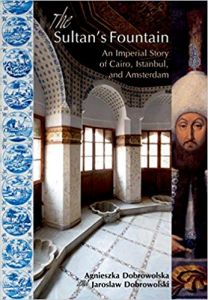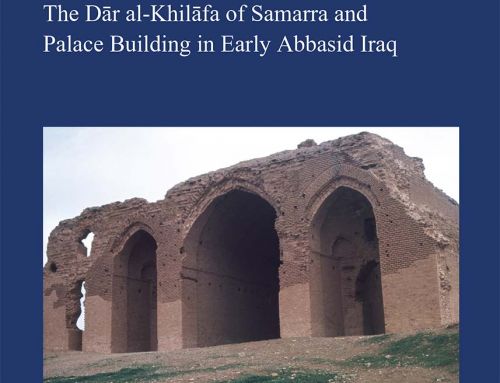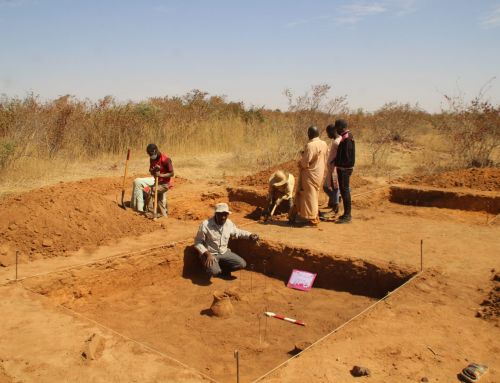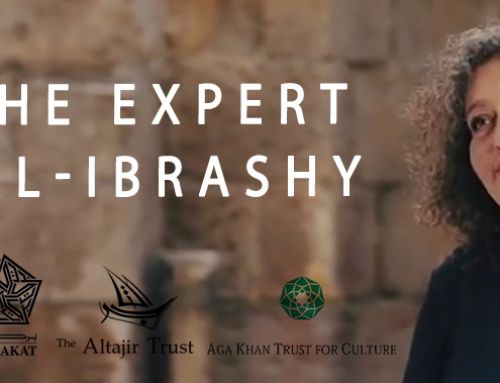RAB‘A OF SULTAN QAITBEY(monument # 104), Eastern Cemetery, Cairo
A publication accompanying the excavation of the Mausoleum of Sultan Qaitbey in Cairo which took place from August 2016 to March 2017 by ARCHiNOS Architecture in collaboration with the Historic Cairo Project of the Ministries of Antiquities.
Grantee: , Director, ARCHiNOS Architecture
About the publication :
This publication focuses on the excavation of the Mausoleum of Sultan Qaitbey, constructed in the 1470’s, which has two main goals. Firstly, to record and increase knowledge about an important site in Egypt which is currently under threat from dilapidation and secondly to provide a basis for designing of any future conservation interventions. Thus this site serves as a precedence in the realm of archaeological conservation. As mentioned parts of this site are in a severely bad state, with many parts collapsed, and many areas are inaccessible, posing a serious challenge to the surveying team.
The section of Cairo in which the cemetery located is part of the vast Muslim metropolis known as the “City of the Dead”. The city stretches more than 8 kilometres and is home to hundreds of thousands of people. The Eastern part of the cemetery where Qaitbey is buried was first developed in the first half of the 14thcentury and was the burial place for several Mamluk rulers and high dignitaries. Besides being historically significant the rab’a of Qaitbey is one of the few surviving examples in Cairo of a once popular type of communal residential building. Located in the necropolis it differed from its counterparts in the city by being a temporary residence for those visiting the cemetery rather than permanent tenants.
The grantees ARCHiNOS Architecture is based in Cairo and specialises in historic preservation, designing in historic context, museum and exhibition design and designing and organising cultural events. Conservation projects in the Eastern Cemetery in Cairo have been conducted intermittently since the early 1990’s. Since 2014, ARCHiNOS has been working in the funerary complex of Sultan Qaitbe
Responses/impact:
The grantees acquired permission from the Egyptian Ministry of Antiquities in August 2016 and work commenced. The ARCHiNOS surveying team of architects was able to enter many areas difficult to access, relying on skilled support staff with experience of work in challenging conditions on historic buildings and archaeological sites.
An established network of survey point formed a solid basis for detailed architectural survey. Subsequently, ARCHiNOS surveying architects hand-measured the details of the structure with measuring tapes, occasionally using triangulation when necessary. They subsequently converted their field notes into AutoCAD files, and then printed sheets were produced at an early draft stage. The printouts were reviewed by the surveyors and by a senior architect at ARCHiNOS with long experience in recording historic heritage, to check against the actual features during on-site checks, against photographs taken from different locations, and to ensure consistency between different drawings. The measurements were then re-checked and corrected as needed. A professional photographer recorded the building, in addition to huge number of working images taken by the architectural surveyors as aids in producing survey drawings.
Other information :
Given this particular part of the excavation project went well ARCHiNOS intends to apply for a grant to extend the work for another season, to continue field work for additional survey information, to produce more explanatory material, and to complete the historical study.







